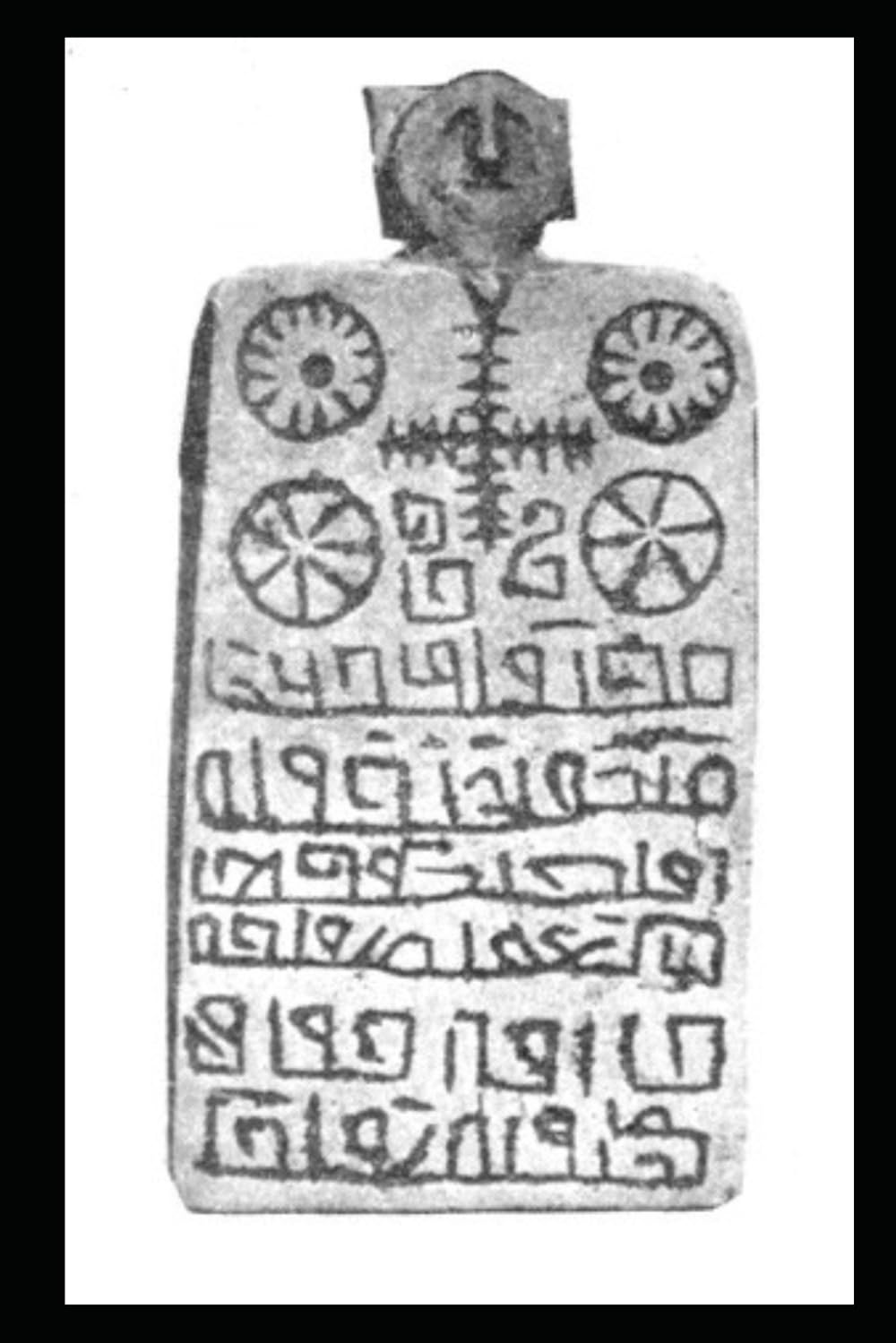
Buried Angels
The earliest Christian archaeology: a graphic cosmology incised by members of the Church of James; a rediscovered fragment of the Q text; analysis of the “Mythologies of Reason” which structure scriptural religion. Discoveries that make the Dead Sea Scrolls look like old Chinese take-out menus.
excerpt from the book
We know that Jesus was heavily influenced by the Essenes, from whom he took baptism, the eucharistic meal, his sense of moral and eschatological urgency, and a host of minor matters including strong stances on moral cleanliness, voluntary poverty and careful speech. The Church of James also shows strong continuity with Essene teaching, particularly in the name, Evyonim, “God’s Poor,” and the emphases on speech and poverty. A further witness to the earliest Christian tradition comes from the Church Fathers, who describe the Judeo-Christians as heretics. But their identity with the Church of James can be established, first by the name, Ebionites, in Greek Ebionaioi, which is simply Greek for Evyonim. But what really makes the case is the demonstrable continuity in many structural features of Essene practice with James’ church.
The Church Fathers we are relying on are the four who count as primary sources for the Judeo-Christians: Irenaeus, Origen, Epiphanius and Hippolytus. The others give reports which are clearly based on these.
The fathers are unanimous in considering the Ebionites heretics. They describe them at times as a willful Judaizers of the Christian message—a conduct they marvel at. We might marvel with them did we not know that the truth was exactly the opposite. Christians didn’t willfully retreat from a perfect revelation to the outworn one of Judaism—the Pauline Church willfully Hellenized a Jewish message. The Ebionites weren’t archaizing—they were the archaic genuine article.
The Fathers asserted that the Ebionites were just another variety of Gnostics, and modern scholars have accepted this confusion, despite the fact that first-hand knowledge about the Gnostics has been massively available for nearly seventy years. The motivation for the Fathers’ burial of the Ebionites under the Gnostics, far more unconscious than dishonest, was to dissociate at all costs Jesus from the Judeo-Christians.
But in spite of their agenda, the fathers provide striking confirmation of what I have speculated and inferred here. Their statements about the Ebionites harmonize with what we already know about the Evyonim from the Dead Sea Scrolls, the synoptic Gospels, and the Epistle of James, so we may accept their additions to our data. I will cite the fathers directly, adding however in parentheses, within the quotes, clarifications as needed.
The most valuable credential of the Ebionites as the authentic and immediate heirs of Jesus’ teaching is their maintenance of Essene practices. The case in point is
They are Jews. They use Gospels. Eating meat is abominable to them. They consider water to have sacred properties. . . they often baptize themselves in water, summer and winter, for sanctification . . .(Epiphanius, Panarion, 19: 28-30)
The lack of animal bones in Wadi Qumran suggests that vegetarianism was part of the Essene regimen. The distinctive features of Essene building were the pipes and cisterns for holy bathwater. Epiphanius goes into further detail on this point, giving an account which tallies very precisely with what we know of Essene practice from the Scrolls and Josephus,
He (Ebion, who Epiphanius invented to explain the existence of Ebionites) added that one had to be careful not to touch a heathen and that one had to wash himself in water, that bathing should be performed every day, and also whenever one had intercourse with a woman, using fresh or salt water, whichever was available. Also, if one should bump into someone on the way up from immersing in water, one had to return and wash oneself and one’s clothes again, as many times as this occurred. (Epiphanius, Panarion, 30: 2: 3-5)
We know that Jesus was a practicing Jew, and insisted that not so much as a character or a comma was to be discarded from the Torah. So too the Ebionites,
Those who are called Ebionites then agree that the world was made by God (unlike the Gnostics, who considered the material world a demonic construct). But their opinions with regard to the Lord are not similar to those of Cerinthus and Carpocrates (Gnostics who considered Christ to be a spirit which temporarily possessed the man Jesus). They use the Gospel according to Matthew only (and this in a version, as we shall see, which is substantially different from ours) and repudiate the apostle Paul. As to the prophetic writings, they do their best to interpret them diligently (be it remembered, a major Essene activity); they practice circumcision, persevere in the customs which are according to Jewish law, and maintain a Jewish way of life, even adoring Jerusalem as though it were the house of God. (Irenaeus, Against Heresies, 1: 26:2)